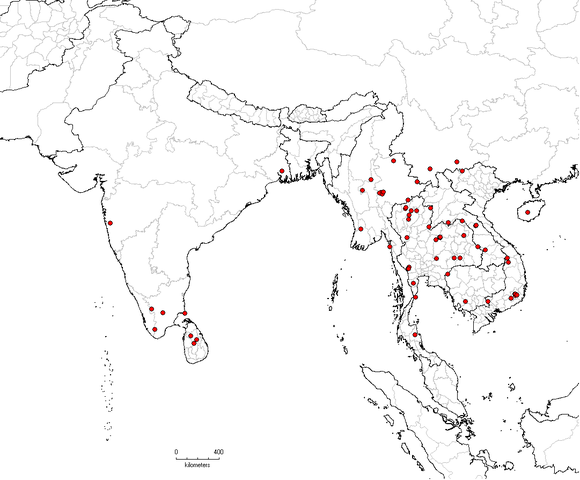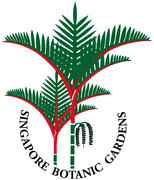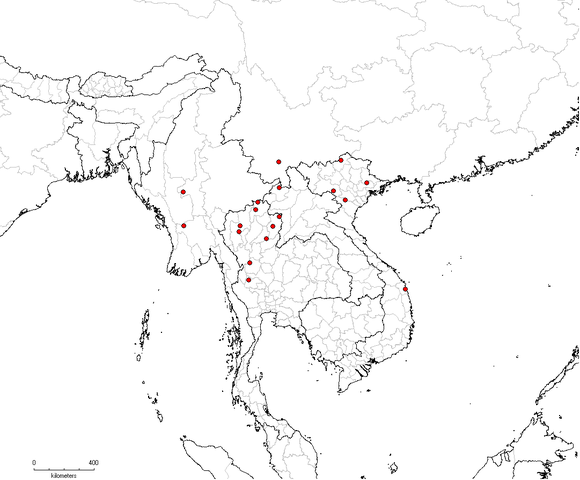Argyreia osyrensis


China (SW Guangxi, Hainan, S Yunnan), ?Bangladesh, ?Cambodia, India, Indonesia, Laos, ?Malaysia, Myanmar, Sri Lanka, Thailand, Vietnam.
Open
forests, thickets; near sea level to 1600 m. Often in dry habitats
in dipterocarp forest and scrub, secondary regrowth, hill evergreen forest, on
sandy, silt, muddy clay, silica, and granite soils; altitude: 200–1400 m.
Chinese floras recognize two weakly separable varieties based on indumentum density; there is considerable intergradation between them and they hardly seem worthy of taxonomic recognition.
Specimens of the typical variety, described from the Deccan region in India, have adaxially glabrous leaves. Specimens from east Asia, including China, have a uniform, sparse distribution of hairs on the adaxial surface.
Argyreia osyrensis (Roth) Choisy in A. de Candolle, Prodr. 9: 334. 1845.
Flowering: January, February, August, September, October, November, December; fruiting: February, December.
Fang R.C., G. Staples, et al. 1995. Convolvulaceae in P. Raven & C.Y. Wu (eds.) Flora of China 16: 271–325.
Staples, G. & P. Traiperm. 2010. Argyreia in Convolvulaceae. Fl. Thailand 10(3): 337–371.
Fang R.C., G. Staples, et al. 1995. Convolvulaceae in P. Raven & C.Y. Wu (eds.) Flora of China 16: 271–325.
Staples, G. & P. Traiperm. 2010. Argyreia in Convolvulaceae. Fl. Thailand 10(3): 337–371.
Ipomoea osyrensis Roth, Nov. Pl. Sp. 117. 1821
Argyreia aggregata (Roxb.) Choisy, Mém. Soc. Phys. Genève 6: 427. 1834.
Lettsomia aggregata Roxb., Fl. Ind. 2: 76. 1824.
Lettsomia aggregata Roxb. var. osyrensis C.B.Clarke in Hook.f., Fl. Brit. Ind. 4: 192. 1883.
Argyreia aggregata var. osyrensis (C.B.Clarke) Gagnep. & Courchet in Lecomte, Fl. Indo-Chine 4: 280. 1915.
Argyreia brachypoda (Kerr) Ooststr., Blumea 7: 178. 1952.
Lettsomia brachypoda Kerr, Bull. Misc. Inform. Kew 1941: 13. 1941.
Argyreia osyrensis var. cinerea Hand.-Mazz., Oesterr. Bot. Z. 87: 124. 1938.















Described as very similar to Argyreia strigillosa C. Y. Wu, these two species in turn come quite near to A. thomsonii (Craib) Babu from the Indian subcontinent, and all three may ultimately be deemed conspecific. Using indumentum density and color to characterize species or even infraspecific taxa in the Convolvulaceae has many times been demonstrated to be unsound, and could prove so in this case. The oblongish bracts, borne near the middle of the pedicel, however, are distinctive for this taxon or group of taxa.